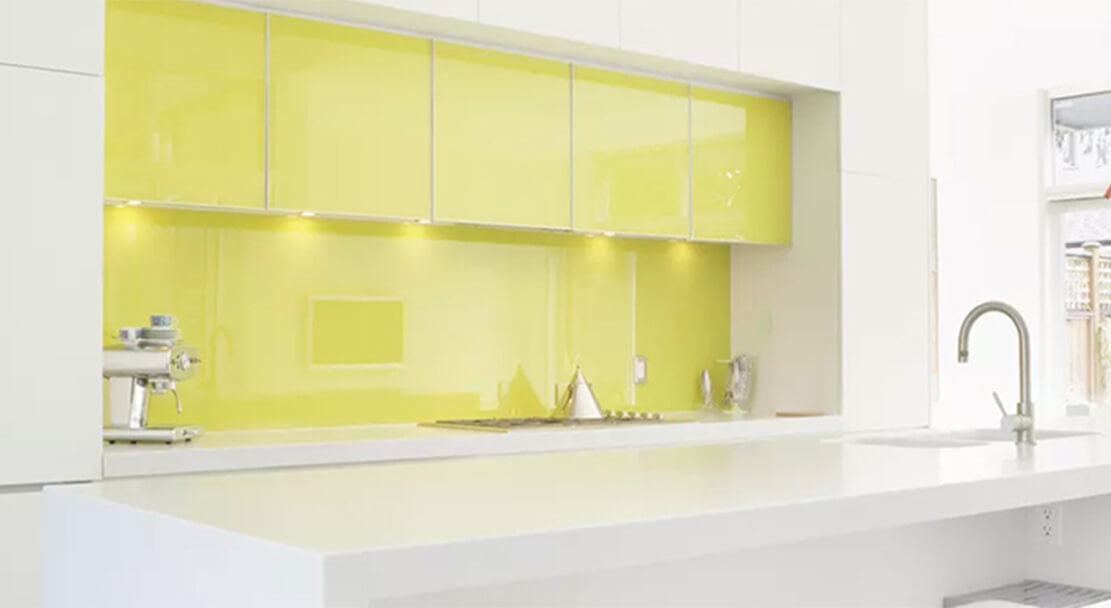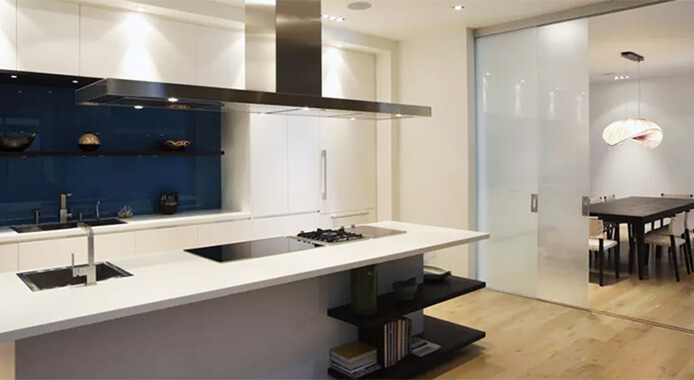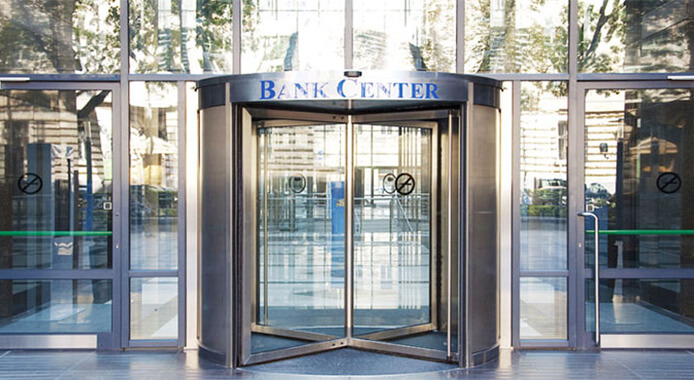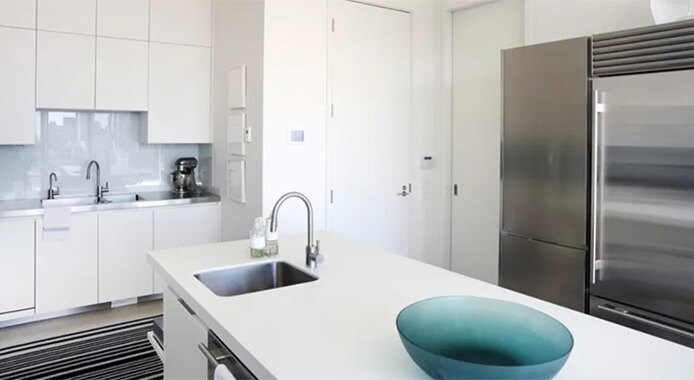Normally, in the American pastoral style decoration, many people will choose stained glass bathroom, which not only meets the American rural style of pastoral style, but also meets the function of the bathroom, beautiful and practical, and is loved by people. Colored glass decoration can be applied to windows, curtain walls, murals, partitions, as small as lampshades, light boxes, handicrafts, forming a strong color of Oriental art. Line through stained glass, into the interior, become very colorful, produce some wonderful effects, light and shadow show the strong charm of stained glass.
The Difference between Colored Glass and Glaze
1. Glass is a kind of inorganic thermoplastic polymer, which is not entirely inorganic material. It can be formed when it is over 650oc. After cooling, it has the characteristics of transparency, corrosion resistance, wear resistance and compression resistance.
The thermal expansion coefficient of glass is lower than that of steel, which is a bad conductor of electricity and heat, and a kind of live and brittle amorphous.
Specific gravity: 2.46 to 2.5 straight lines. Expansion coefficient: 910×10-6/oc (350oc). Specific heat: Applicable surface tensile strength: 500 kgf/cm.
2. The appellation of glaze originated in Tang Dynasty, that is to say, the raw material of glass plus lead oxide is called crystal glass. Generally speaking, when the proportion of lead oxide is more than 24%, the transparency and refractive index of glass are both good, but at the same time it is heavy and soft, which is very suitable for firing exquisite glass works of art. Generally speaking, when European and American countries talk about crystal utensils, they refer to the use of this kind of crystal glass material, whose price is not comparable to that of ordinary glass. Artificial glass “glaze” is glass, but added lead to become very transparent.

Manufacturing Method of Colored Glass
First, you need to draw a smaller sketch of the window, usually a watercolor painting, for confirmation by the customer, and then draw a full-size drawing or bottom to illustrate the shape, tone of the glass and the position of the lead bar used to fix the glass. Then remove the pattern from the bottom image, place it on the colored window glass or white glass, and then cut the pattern.
Next, images can be drawn on a part of the glass and baked in a kiln to fuse the pattern with the glass.
The glass is then embedded in the lead bar groove (i.e. the lead bar), and the joint is welded. Lead-sealed glasses are assembled in blocks for handling.
Later, each piece of glass is installed on the iron fence or support frame of the window. The geometric pattern formed by lead bars and brackets is part of the overall window design.
Characteristics of color glass partition
Colored glass partition is based on colored art glass as the main part of the partition, using fantastic color transformation to create a remarkable artistic effect. Therefore, the choice of stained glass partition, more importantly, the tone should be consistent with the overall decorative style of the room. It must be emphasized that when the area of single glass is too large (such as more than 1 square metre), there are relatively large security risks from the architectural point of view. Therefore, while not affecting the overall effect, the glass should be cut into small pieces as far as possible, or the proportion of frames should be increased appropriately to reduce the probability of glass collision. It’s also a good choice if you can find satisfactory color laminated glass. Sandblasted glass cut off its hazy and almost luxurious effect, is incomparable to other types of products. The material requirements for cut-off and sandblasted glass are also more stringent. Industry insiders pointed out that glass partition generally requires high strength, excellent safety performance of raw glass to produce. Tempered glass and laminated glass can meet their requirements. But when the glass is carved, the strength of tempered glass will decrease dramatically, even the scratches on the surface will have such an effect. When the stress increases, these defects will play a role, more commonly causing glass cracking. Therefore, it is inappropriate to use tempered glass for engraving and sandblasting partition, and other types of glass such as sandwich should be adopted.











